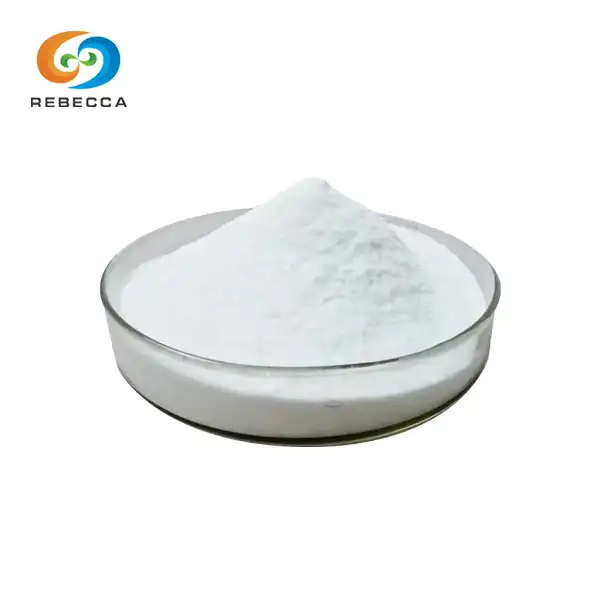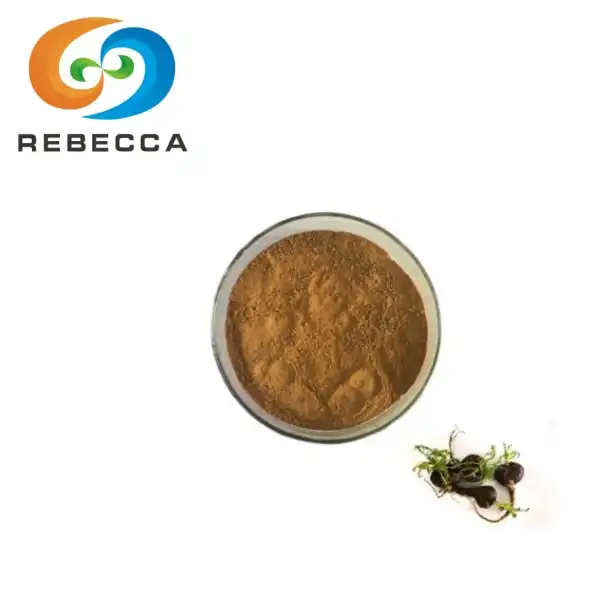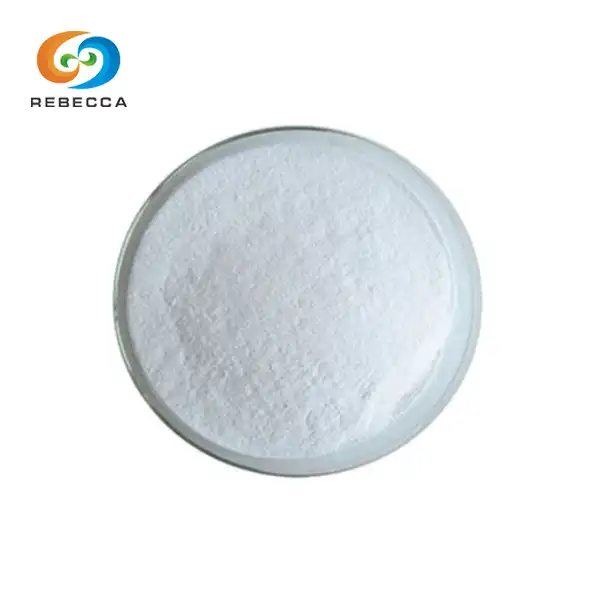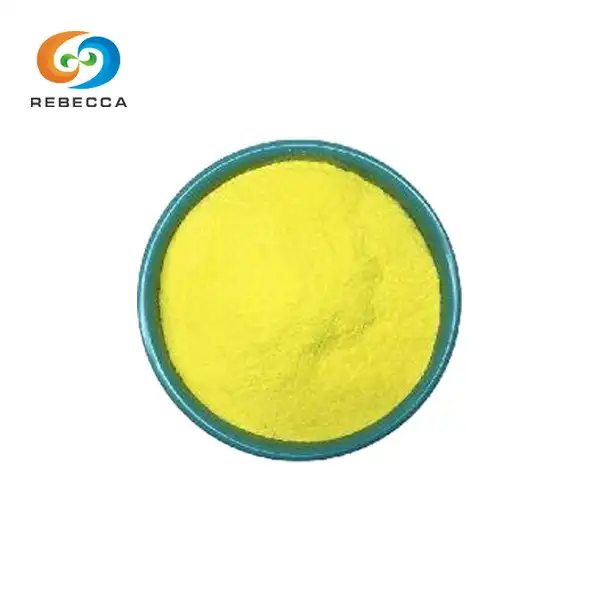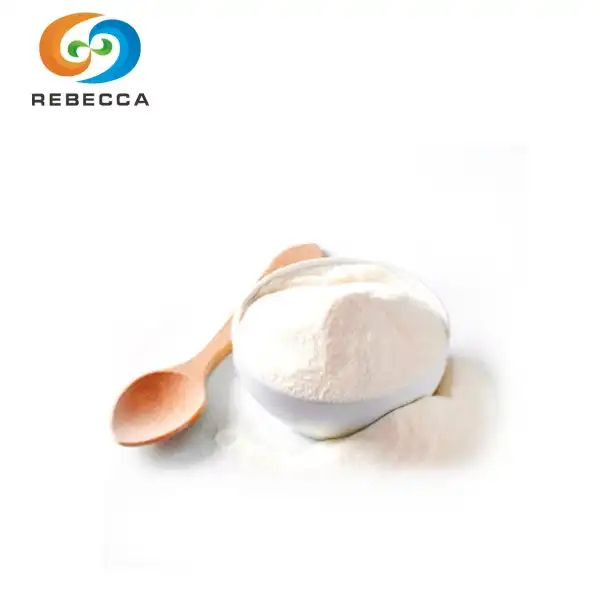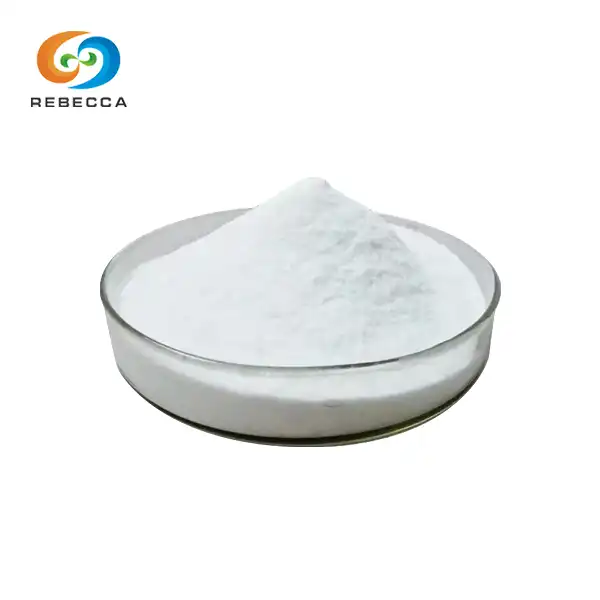How to extract lycopene from tomato?
Lycopene, a powerful antioxidant found abundantly in tomatoes, has gained significant attention for its potential health benefits. As interest in natural supplements and functional foods continues to grow, understanding the process of extracting lycopene from tomatoes has become increasingly important. This article will explore the best tomatoes for lycopene extract, various extraction methods, and how to ensure purity in the final product.

What Are the Best Tomatoes for Lycopene Extraction?
When it comes to lycopene extract, not all tomatoes are created equal. The best tomatoes for this purpose are those with high lycopene content and optimal ripeness. Here are some factors to consider:
Tomato Varieties: Certain tomato varieties are known for their higher lycopene content. These include:
- Roma tomatoes
- San Marzano tomatoes
- Tangerine tomatoes
- Red currant tomatoes
These varieties typically have a deep red color, indicating a high concentration of lycopene.
Ripeness: Fully ripe tomatoes contain more lycopene than unripe ones. As tomatoes ripen, their lycopene content increases significantly. Therefore, it's crucial to use tomatoes at their peak ripeness for optimal lycopene extract.
Growing Conditions: Tomatoes grown in warmer climates tend to produce more lycopene. This is why tomatoes from regions like India and Israel are often preferred for lycopene extract.
Processing: Interestingly, processed tomato products like tomato paste, sauce, or ketchup often have higher lycopene concentrations than fresh tomatoes. This is because the processing concentrates the tomato solids and breaks down cell walls, making lycopene more accessible.

What Methods Are Used to Extract Lycopene?
Several methods can be employed to extract lycopene from tomatoes. Each has its advantages and considerations:
1. Solvent Extraction: This is one of the most common methods used in industrial settings. It involves using organic solvents like hexane or ethyl acetate to dissolve and extract lycopene from tomato tissues. The process typically includes the following steps:
- Tomatoes are crushed and mixed with the solvent
- The mixture is filtered to separate the liquid extract from solid residues
- The solvent is evaporated, leaving behind concentrated lycopene
While effective, this method requires careful handling of solvents and thorough removal to ensure product safety.
2. Supercritical Fluid Extraction (SFE): This method uses supercritical carbon dioxide as a solvent. It's considered more environmentally friendly than traditional solvent extraction because:
- CO2 is non-toxic and easily removed from the final product
- It allows for extraction at lower temperatures, preserving heat-sensitive compounds
- The process can be fine-tuned to extract specific compounds
However, SFE requires specialized equipment and can be more expensive to set up.
3. Enzymatic Extraction: This method uses enzymes to break down cell walls and release lycopene. It's gentler than solvent extraction and doesn't require high temperatures. The process typically involves:
- Crushing tomatoes and adding specific enzymes
- Incubating the mixture to allow enzymes to work
- Separating the lycopene-rich oil from other components
This method is gaining popularity due to its "clean label" appeal and potential for higher purity extracts.

How to Ensure Purity in Lycopene Extraction?
Ensuring the purity of extracted lycopene is crucial for both safety and efficacy. Here are some key considerations:
1. Quality of Raw Materials: Start with high-quality tomatoes. Ensure they are free from pesticides, contaminants, and diseases. Organic tomatoes may be preferable to minimize the risk of chemical residues.
2. Extraction Process Control: Carefully control all parameters during extraction, including:
- Temperature: High temperatures can degrade tomato extract
- Time: Optimize extraction time to maximize yield without compromising quality
- pH: Maintain optimal pH levels for lycopene stability
- Oxygen exposure: Minimize exposure to prevent oxidation
3. Purification Techniques: After initial extraction, additional purification steps may be necessary. These can include:
- Chromatography: To separate lycopene from other compounds
- Crystallization: To obtain pure lycopene crystals
- Molecular distillation: For further concentration and purification
4. Quality Testing: Implement rigorous quality control measures, including:
- HPLC analysis to determine lycopene concentration and purity
- Spectrophotometric analysis for quick lycopene quantification
- Testing for residual solvents, if applicable
- Microbial testing to ensure product safety
5. Storage and Packaging: Proper storage is crucial to maintain lycopene purity. Consider:
- Using opaque, airtight containers to protect from light and oxygen
- Storing in cool temperatures to prevent degradation
- Adding antioxidants to stabilize the lycopene during storage
By following these guidelines, it's possible to produce high-purity lycopene extract suitable for use in dietary supplements, functional foods, and nutraceuticals [9].

Where To Buy Tomato Extract?
If you're looking for high-quality tomato extract rich in lycopene, look no further. Our company, Rebecca, has achieved the world's first large-scale biological production of tomato extract. Our factory directly supplies top-quality and high-purity Tomato Extract. For more information or to place an order, please contact usat information@sxrebecca.com. Our team of experts is ready to assist you with all your tomato extract needs.
References:
- Raiola, A., Rigano, M. M., Calafiore, R., Frusciante, L., & Barone, A. (2014). Enhancing the health-promoting effects of tomato fruit for biofortified food. Mediators of inflammation, 2014.
- Sharma, S. K., & Le Maguer, M. (1996). Lycopene in tomatoes and tomato pulp fractions. Italian journal of food science, 8(2), 107-113.
- Dumas, Y., Dadomo, M., Di Lucca, G., & Grolier, P. (2003). Effects of environmental factors and agricultural techniques on antioxidant content of tomatoes. Journal of the Science of Food and Agriculture, 83(5), 369-382.
- Dewanto, V., Wu, X., Adom, K. K., & Liu, R. H. (2002). Thermal processing enhances the nutritional value of tomatoes by increasing total antioxidant activity. Journal of agricultural and food chemistry, 50(10), 3010-3014.
- Shi, J., & Le Maguer, M. (2000). Lycopene in tomatoes: chemical and physical properties affected by food processing. Critical reviews in food science and nutrition, 40(1), 1-42.
